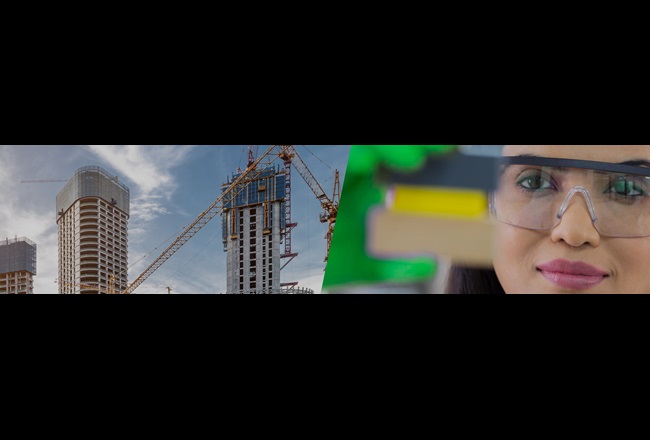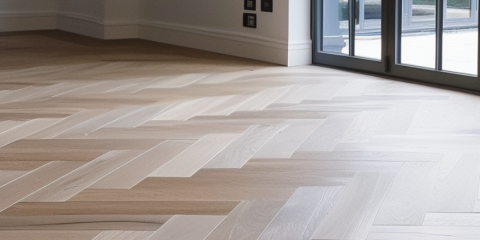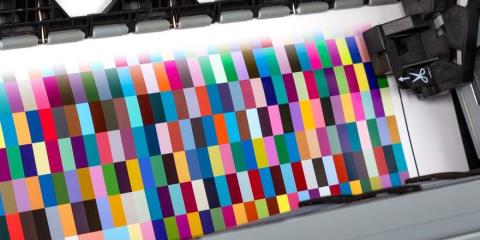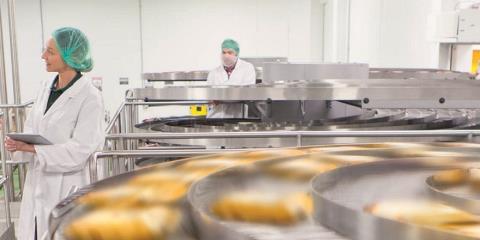
Construction & architectural
Challenge: Standing the test of time
Coatings for buildings, and the decorative elements within them, face several challenges when it comes to standing the test of time.
Construction sites rely on minimal downtime within tight project deadlines. Ideally, you want to ensure a quick turnaround by choosing coatings that cure faster and require fewer layers of application.
Once applied, the challenges don’t stop. Exterior structures need to withstand harsh conditions and long-term use so they remain strong and functional even after decades. Meanwhile, interior elements must be able to withstand the wear and tear of everyday life. At the same time, all these features need to maintain an attractive appearance that makes people feel at home.
As well as supporting these aims, construction and architectural coatings also have to keep up with ever-increasing demands and regulations around sustainability and health. And the sector must address these demands in dialog with a range of stakeholders. These include governments, NGOs, architects and construction companies, designers and painters, and the general public.
Status: Top performance from floor to ceiling
To create coatings that meet these demands, you need both experience and knowledge of your markets, and the flexibility and inventiveness to develop novel solutions from scratch. The right materials for construction and architectural coatings should support productivity, minimize downtime, withstand harsh conditions, and comply with ever- changing regulations.
We’re already helping you meet these needs with a range of solutions. Our Pasquick® technology, for instance, delivers the same level of protection as conventional coatings but cures up to eight times faster than standard systems. And our NeoCryl® resins for interior and exterior wall coatings offer good scrub and stain resistance and exterior durability.
It’s also now imperative for manufacturers to offer more sustainable and circular options. But how can you do this without sacrificing product performance? To deliver these more sustainable solutions without compromise, attention is turning to partly plant-based content and cleaner energy sources – such as in solutions like our Decovery® portfolio, which contains up to 52% plant-based content.
But customers need more than the products themselves: they also need support when considering the context in which they choose these products. Through close collaboration, we try to meet these demands with, for example, Sustainability Dialogs, technical benchmarking and assistance in choosing the right resins to match the properties and applications they have in mind.
Next: Thinking big for tomorrow’s homes and cities
With an ever-growing world population and major ecological challenges, all construction and architectural players will need to make a joint effort to shape the sector’s future. We have to see the big picture, and we have to think big.
At Covestro, we’re already exploring Big Data, search behaviors, and stakeholder research to provide the market insights to come up with future-looking, more sustainable coating solutions that drive growth for your business.
1 https://www.ela.europa.eu/sites/default/files/2024-05/EURES-Shortages_Report-V8.pdf
2 https://www.iea.org/reports/net-zero-by-2050
3 https://www.pcimag.com/articles/111642-the-architectural-coatings-market#:~:text=The%20market%20for%20architectural%20coatings,growth%20of%20the%20construction%20industry.
Which materials can help me solve my coatings or adhesives challenges?
Delve deeper into the practical material and technology solutions that we can offer to respond to your needs.









